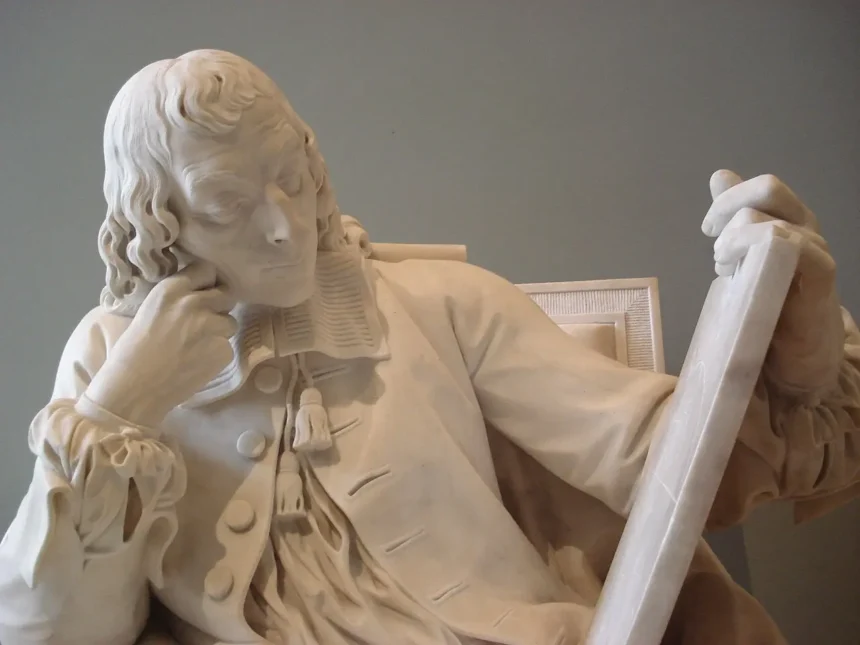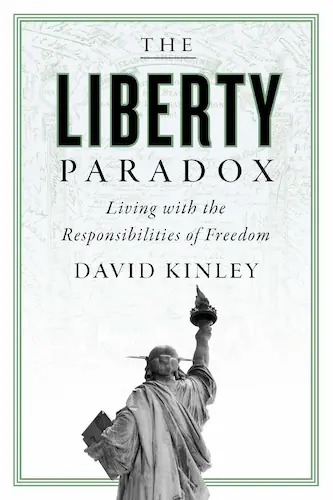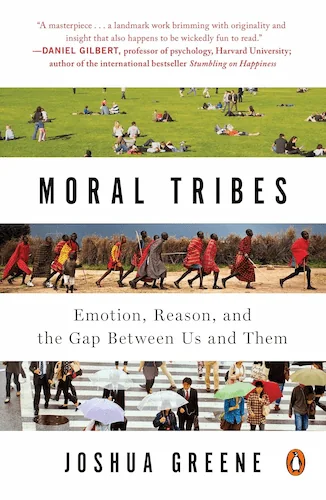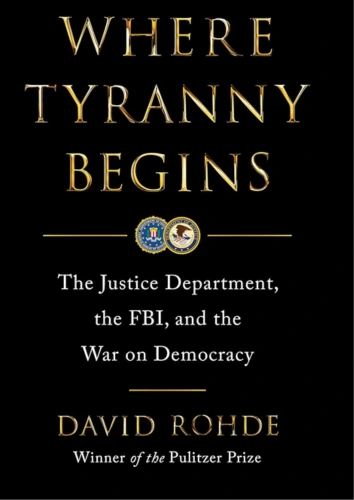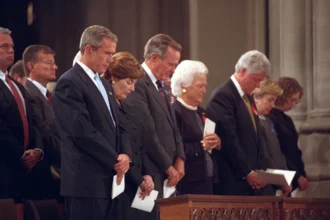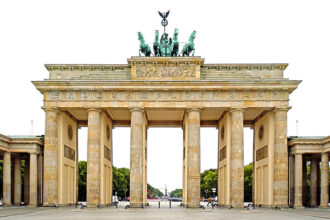Political Decisions through a Mathematical Lens
Mathematics in Politics and Governance aims to present the mathematical tools that politicians most commonly use to make decisions about health, education, culture, economy, finance, transport, or national defence; that is, political and governance decisions that directly affect citizens.
- Political Decisions through a Mathematical Lens
- Mathematical Insights from Political Leaders
- Mathematical Tools for Political Decision-Making
- Feasibility (or How to Meet Requirements)
- Explore Books Written by Our Contributors
- Scalar Optimization (or How to Make the Best Decision)
- Vector Optimization (or How to Make Insurmountable Decisions)
- Big Data (or How to Decide Using Massive Information)
- The Impact of Political Decisions on Mathematics
- Conclusion
The selection of the topics addressed is based on the reasoned experiences of four veteran politicians who have doctorates or master’s degrees in mathematics: the former Prime Minister of Israel Ehud Barak, the former Spanish Minister of Public Works and Foreign Affairs, and current High Representative of the European Union for Foreign Affairs and Security Policy, Josep Borrell, the former German Minister Johanna Wanka, and the former Portuguese Minister Nuno Crato, both of them in charge of Education and Science ministries.
Mathematical Insights from Political Leaders
Barak and Borrell explained how they used their mathematical background to make political decisions in My Country, My Life: Fighting for Israel, Searching for Peace (MacMillan, 2018) and The Republic of Taxonia [Spanish] (Pirámide, 1992), respectively.
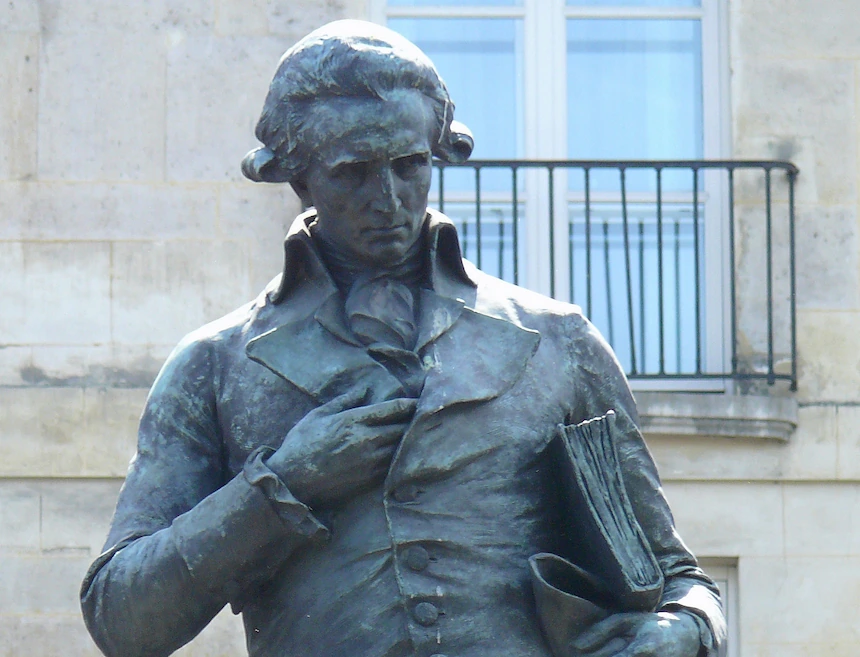
In turn, Crato contributed to Mathematics in Politics and Governance with an excerpt reporting on the way he used statistical tools to successfully reform the Portuguese education system.
Through optimization techniques, statistical analysis, and big data applications, mathematical models offer solutions for governments, institutions, and policymakers.
Wanka, for her part, collaborated on the book by providing an overview of known and potential applications of mathematics to political decision-making. This is presented in the form of a dialogue with her husband, the mathematician Gert Wanka. Because of these contributions, as well as other comments, documents, and constructive criticism provided by many colleagues and friends (as noted in the Acknowledgements), we can affirm that the book is the result of a collective effort to bring rationality to politics and governance.
The book not only considers the mathematical tools used to make political and governance decisions, but also those used to capture votes or to optimize their effective impact through the ad hoc design of the electoral districts to increase the number of representatives (the so-called gerrymandering), and, only incidentally, the mathematics applied to the parliamentary activity which citizens perceive as alien to their interests. The last chapter inverts the perspective of the previous ones to analyze the significant impact of political decisions on the development of mathematics in a selection of countries and discriminated communities.
In terms of the mathematical background required to fully engage with the book, chapters 1 and 6 are accessible to all readers, while chapters 2 through 5 assume a high school level of mathematics, except for sections marked by asterisks, which demand a university-level understanding. Nevertheless, we believe that readers can benefit from the entire book, even if certain mathematical details prove challenging, much like how one can appreciate a piece of music without grasping every lyric.
Mathematical Tools for Political Decision-Making
Mathematics plays an increasingly critical role in political decision-making, providing tools to address complex challenges ranging from economic planning to electoral strategy.
The feasibility of political decisions often hinges on the ability to meet a series of practical requirements.
Through optimization techniques, statistical analysis, and big data applications, mathematical models offer solutions for governments, institutions, and policymakers.
In our book, we explore a range of mathematical tools and their practical applications in political contexts, highlighting key cases where these methods have shaped decisions and outcomes at national and international levels.
- Dialogue between Johanna and Gert Wanka: A discussion focused on the applications of mathematics in political contexts.
- Use of optimization tools by Borrell: During his time overseeing the State Secretariat of Finance and the Ministry of Public Works of Spain, Borrell extensively applied optimization techniques to improve decision-making.
- Crato’s advice to a new Minister of Education: In his Letter to a Young Minister: A Few Things I Wish I Knew When I Came to Office (2019), Crato offers advice on the strategic use of statistical tools in policy-making.
- Statistical lies of politicians: Examples include misleading data used by figures such as Nixon, Trump, Biden, López Obrador, Obama, and Bolsonaro, along with manipulation by TV channels and regulatory institutions.
- Failure of nuclear deterrence during the Cold War: Analyzing the shortcomings in nuclear deterrence strategy, along with Ehud Barak’s attempt to achieve lasting peace with Yasser Arafat at the 2000 Camp David Summit, promoted by Bill Clinton.
Feasibility (or How to Meet Requirements)
The feasibility of political decisions often hinges on the ability to meet a series of practical requirements, which can be addressed through mathematical models such as linear systems representing polyhedra.
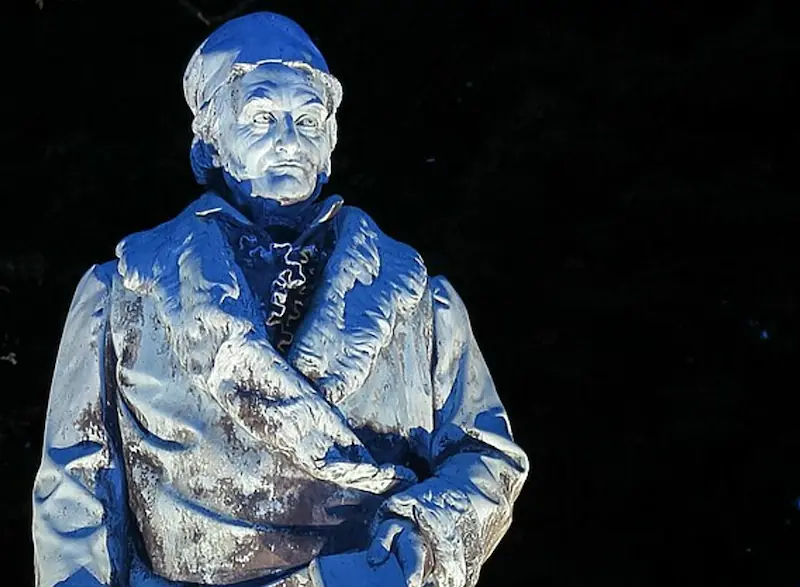
Below are some notable examples of how mathematics has been applied to meet various logistical and planning challenges:
- Polyhedra in healthcare: How mathematical models helped address challenges such as fighting epidemics or assigning hospitals to patients.
- Citizen mobility: The design of underground lines that preserve monuments, showcasing the balance between infrastructure needs and cultural heritage.
- Leontief’s planning after the Wall Street crash of 1929: Using mathematical models to plan economic growth for the United States.
- The Pentagon’s logistic decisions until 1945: Solving logistical challenges through linear systems, a key application of feasibility mathematics.
Explore Books Written by Our Contributors
Scalar Optimization (or How to Make the Best Decision)
Scalar optimization is central to making the best decisions when dealing with limited resources. This chapter looks at key historical examples of how these optimization techniques have shaped political and economic strategies:
- George Dantzig’s method (1946): Conceiving a method to plan the Pentagon’s logistics by minimizing linear functions on polyhedra.
- Mechanization of economic planning: Dantzig’s group secured funding from the Pentagon for computer development in 1949, paving the way for further optimization in economic planning.
- Refutation of marginalist electricity pricing in Europe: Mathematical models challenged established pricing systems, demonstrating the power of optimization.
Vector Optimization (or How to Make Insurmountable Decisions)
Vector optimization deals with decisions that involve multiple, often competing, objectives. We explore how mathematical models have been applied to solve complex problems with conflicting goals:
- Protection of underwater archaeological heritage: Solving an optimization problem with two objectives: maximizing the probability of locating wrecks while minimizing the expected time to do so.
- Combining indices into composite indices: Using Dantzig’s method to create composite indices, which Crato applied to assign teachers to Portuguese schools.
- Locating search and rescue boats in Turkey: Applying optimization models to strategically position rescue resources.
Big Data (or How to Decide Using Massive Information)
In the age of big data, political decision-making increasingly relies on large-scale information processing. This chapter looks at the use of sampling, operations research, and machine learning to address various political and social challenges:
- Sampling and operations research in electoral campaigns: Applying these techniques to optimize campaign strategies.
- Machine learning in health care, economics, and political science: Examples include automatic diagnosis, bankruptcy detection, and even forensic linguistics (e.g., uncovering the identity behind the QAnon pseudonym).
- Detecting political ideology with neural networks: A new frontier in political science where neural networks are used to analyze ideological trends.
- Learning to win elections: Applying machine learning to election campaigns, including the controversial case of Cambridge Analytica’s work with Facebook data.
- Fighting against gerrymandering: Using mathematical models and big data analysis to contest unfair electoral boundaries in court.
The Impact of Political Decisions on Mathematics
The development of mathematics has been profoundly shaped by historical and political circumstances over the centuries. From the rise of mathematics in the Soviet Union to the impact of the French Revolution on Jewish integration into academic life, the course of history has left an indelible mark on the evolution of this discipline. The following are key examples that illustrate how different sociopolitical contexts have influenced the advancement and practice of mathematics at various times and places.
- The golden years of Russian mathematics: Despite the risk of severe punishment for dissent since Stalin’s Turnabout (1928–1931), Soviet mathematics reached its Golden Years in the 1960s. What political and cultural conditions allowed this surge in mathematical achievement?
- Jewish Talent after the Abolition of Ghettos: The abolition of the ghettos following the French Revolution unleashed a wave of Jewish talent in mathematics. However, exclusionary laws in Germany between 1932 and 1939 dramatically reduced the number of Jewish mathematics students by 82%.
- The rise of Hungarian mathematicians: The Eötvös mathematics competition, established in 1894, sparked a tradition of mathematical excellence in Hungary. This competition model was imitated across neighboring countries and has since become a global phenomenon involving millions of participants.
- Hell is paved with good intentions: In reaction to the Soviet Sputnik success in the 1960s, U.S. authorities introduced a new structuralist mathematical program. However, the implementation of “modern mathematics” was so rapid that educators struggled to keep pace with the material.
- The Exile of Hispanic Mathematicians: Spanish monarchs historically made decisions aimed at defending the Catholic Church from infidels and skeptics, leading to mass exiles. This included the expulsion of Jews in 1492, Muslims in 1609, and political liberals in 1823. The exodus of the best Spanish mathematicians to Argentina during Franco’s regime was further compounded by Argentina’s dictatorship (1976-1983), when up to 50% of scientists were forced into exile.
- The Ups and Downs of Chinese Mathematics: The Boxer Rebellion (1899–1900) and subsequent war reparations from China led the U.S. to create the Boxer Indemnity Scholarships, bringing over 900 Chinese students to the U.S. between 1911 and 1929. However, the progress made in Chinese mathematics was undone by the Cultural Revolution (1966–1976).
- Political interferences in Turkish mathematics: Mustafa Kemal Atatürk reformed Turkish mathematics by personally authoring the textbook Geometry. However, under President Erdoğan, enthusiasm for advancing mathematics has waned, with only three mathematicians among the nearly 200 members of the Turkish Academy of Sciences.
- Racial discrimination: Howard University (1867) and The Catholic University of America (1889, briefly CUA) were among the first universities to accept African American students, though CUA reversed its policy in 1914 due to segregationist pressures, later reinstating interracial admission policies two decades later. Despite these challenges, several historically Black institutions produced highly skilled mathematicians, such as the three African American women who contributed to NASA’s space program in the 1960s, inspiring the film Hidden Figures. Potsdam College, under the leadership of Clarence Stephens, became the third institution with the largest number of mathematics majors in the United States during the late 20th century.
- Gender discrimination: During the 19th century and beyond, women were not allowed to enter European universities. The situation naturally improved with the massive access of women to the labor market during World War II to replace the mobilized workers. A notorious example was that of the 80 female workers of the University of Pennsylvania, also called “computers” by the Navy, who during the war solved, by hand, using mechanical desk calculators, the hard partial differential equations arising in ballistics. At the end of the ENIAC project, the group of women dispersed, but they collaborated in the construction of other computers such as BINAC and UNIVAC (the first commercial computer), as well as in the design of the first programming languages, COBOL and FORTRAN.
Conclusion
While mathematical talent is inherently and uniformly distributed across the world, the same cannot be said for opportunities. Historical, social, and political barriers have long restricted access to education and advancement, particularly for marginalized groups. Governments—both in Western countries and beyond—face the ongoing challenge of ensuring equitable access to education and resources.
Addressing this imbalance requires sustained commitment to dismantling systemic barriers and fostering inclusive educational systems that allow all individuals, regardless of their background, to develop and apply their mathematical potential. Only through such efforts can we hope to achieve a truly fair distribution of opportunities.


